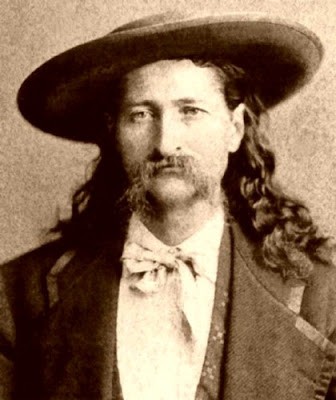Poker Hand Probability Table
- A “poker hand” consists of 5 unordered cards from a standard deck of 52. There are 52 5 = 2,598,9604 possible poker hands. Below, we calculate the probability of each of the standard kinds of poker hands. This hand consists of values 10,J,Q,K,A, all of the same suit. Since the values are fixed, we only need to choose the suit.
- So strictly there are 36 straight flushes (4 × 9) if we don't count the royal flush. The probability of getting a straight flush then is 36/2,598,960 = 0.00001385. The table below lists the number of possible ways that different types of hands can arise and their probability of occurrence. Ranking, Frequency and Probability of Poker Hands.
In poker, the probability of each type of 5-card hand can be computed by calculating the proportion of hands of that type among all possible hands. The following enumerates the frequency of each hand, given all combinations of 5 cards randomly drawn from a full deck of 52 without replacement. Wild cards are not considered. The probability of drawing a given hand is calculated by dividing the. See full list on en.cardmates.net.
Brian Alspach
13 January 2000
Abstract:
The types of 3-card poker hands are
- straight flush
- 3-of-a-kind
- straight
- flush
- a pair
- high card
The total number of 3-card poker hands is .
A straight flush is completely determined once the smallest card in thestraight flush is known. There are 48 cards eligible to be the smallestcard in a straight flush. Hence, there are 48 straight flushes.
Reference

In forming a 3-of-a-kind hand, there are 13 choices for the rank and4 choices for the 3 cards of the given rank. This implies there are3-of-a-kind hands.
The ranks of the cards in a straight have the form x,x+1,x+2, wherex can be any of 12 ranks. There are then 4 choices for each card ofthe given ranks. This yields total choices. However,this count includes the straight flushes. Removing the 48 straightflushes leaves us with 720 straights.
To count the number of flushes, we obtain choicesfor 3 cards in the same suit. Of these, 12 are straight flushes whoseremoval leaves 274 flushes of a given suit. Multiplying by 4 produces1,096 flushes.

Now we count the number of hands with a pair. There are 13 choices forthe rank of the pair, and pairs of the chosen rank.The non-pair card can be any of the remaining 48. Thus, thereare 3-card hands with a single pair.
Poker Hand Probability Table Calculator
We could determine the number of high card hands by removing the handswhich have already been counted in one of the previous categories.Instead, let us count them independently and see if the numbers sumto 22,100 which will serve as a check on our arithmetic.
A high card hand has 3 distinct ranks, but does not allow ranks of theform x,x+1,x+2 as that would constitute a straight. Thus, there arepossible sets of ranks from which we remove the12 sets of the form .This leaves 274 sets of ranks.For a given set of ranks, there are 4 choices for each cardexcept we cannot choose all in the same suit. Hence, there are274(43-4) = 16,440 high card hands.
If we sum the preceding numbers, we obtain 22,100 and we can be confidentthe numbers are correct.
Here is a table summarizing the number of 3-card poker hands. Theprobability is the probability of having the hand dealt to you whendealt 3 cards.
Full House
| hand | number | Probability |
| straight flush | 48 | .0022 |
| 3-of-a-kind | 52 | .0024 |
| straight | 720 | .0326 |
| flush | 1,096 | .0496 |
| pair | 3,744 | .1694 |
| high card | 16,440 | .7439 |
last updated 13 January 2000